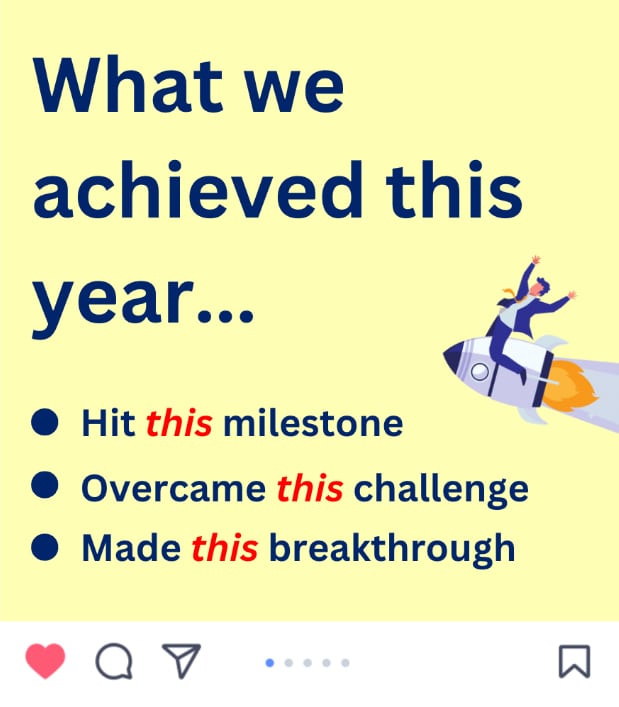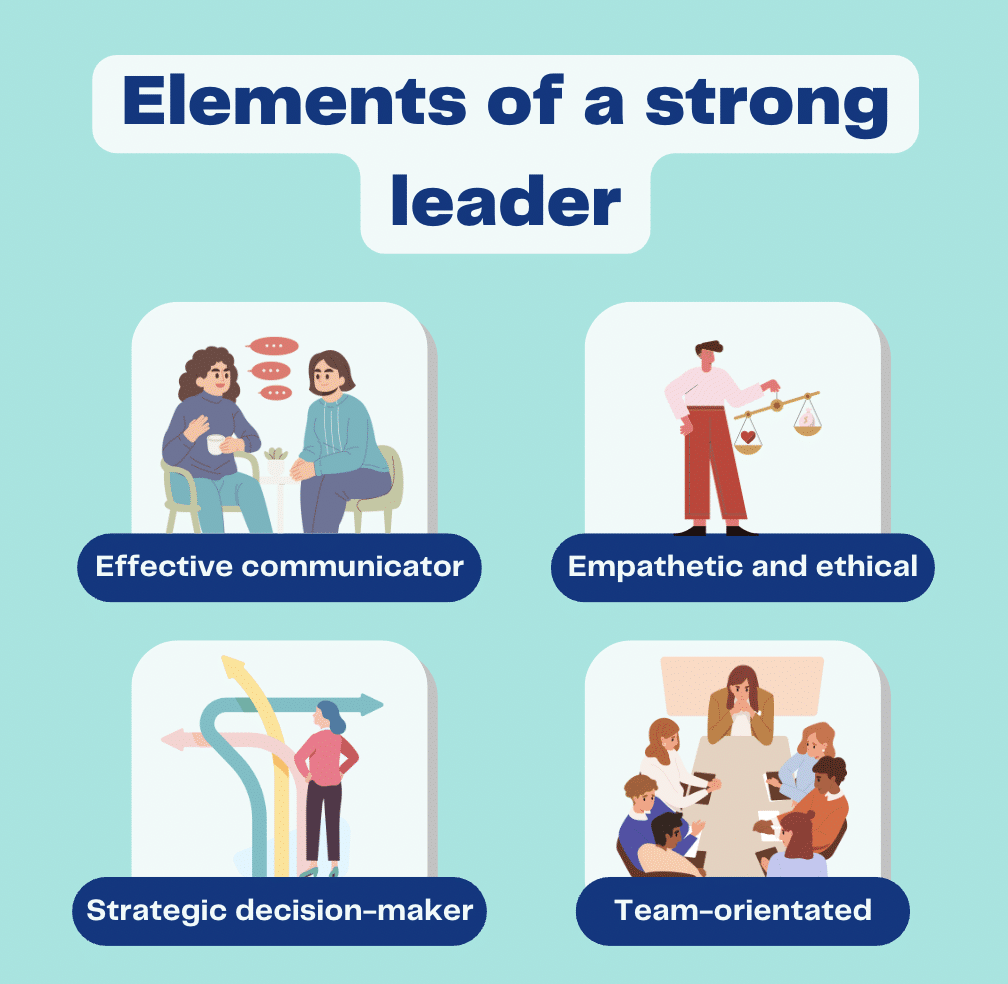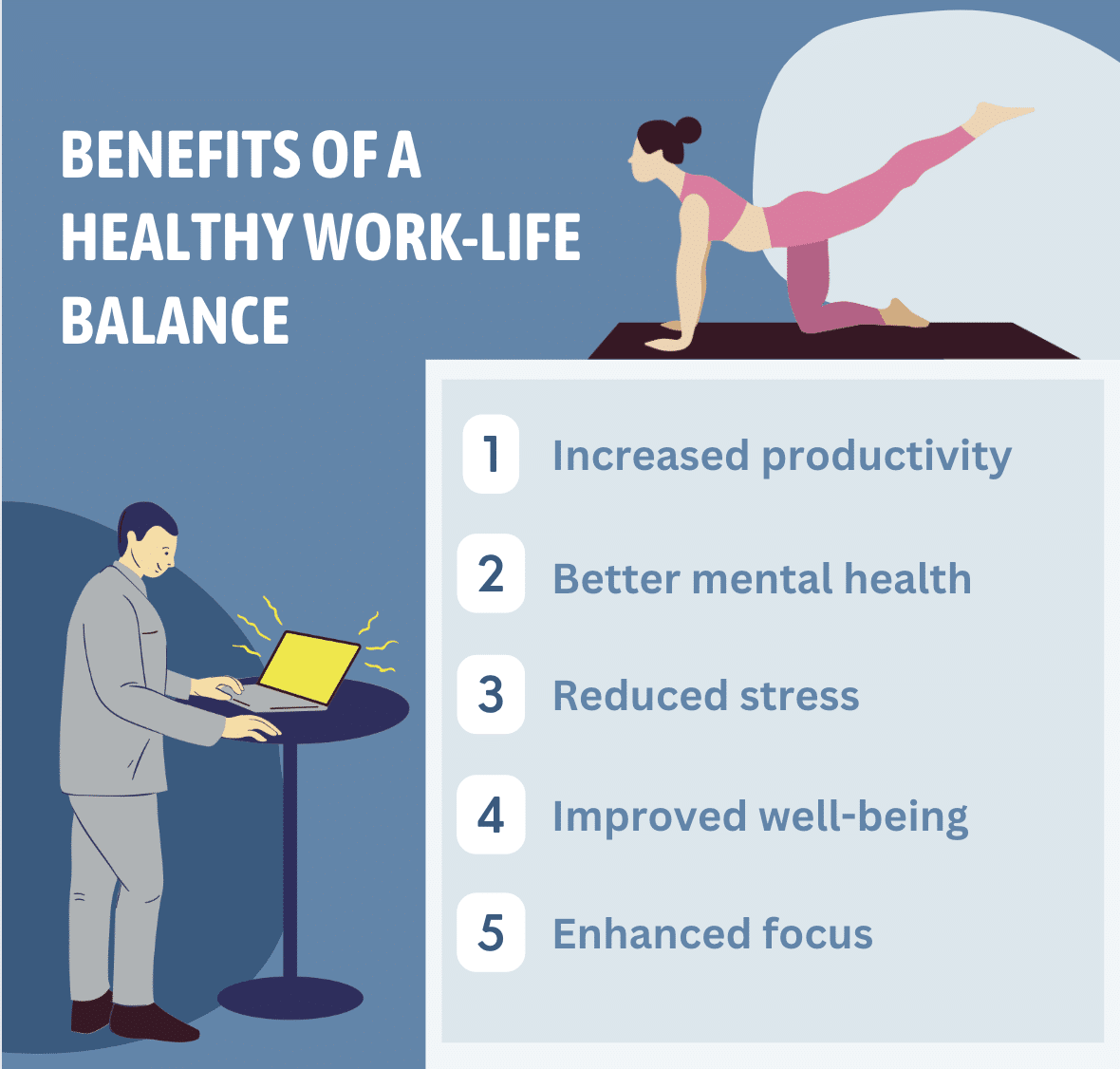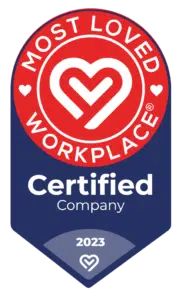What Attracts Employees to a Company? Most Loved Workplaces® Do This...
Attracting top talent with the skills, experience, and drive to take your company to the next level is easier said than done. Despite best efforts, many companies struggle to capture the attention of those who could make a difference.
To join the top 10 Global Most Loved Workplaces® who have cracked the code and have the best talent in their industry in their arsenal, here is what you should know about attracting employees to your company.
Table of Contents
Employer Brand and Reputation
A positive employer brand refers to a company’s overall reputation and perception. It represents how current employees, industry professionals, and the general public views the company and therefore is very important to get right.
Building a strong employer brand and reputation takes time and consistent effort. It requires a genuine commitment to creating a positive work environment that values your employees. By implementing these strategies, you can attract and retain top talent:
Know Your Company
You must first know your values and goals to establish a positive employer brand and reputation. This employer value proposition (EVP) includes benefits, culture, and growth opportunities. Establish what matters to your brand and stick to them; it will show you are confident and stand by your words.
Be Active on Social Media
Maintaining an active and engaging presence on social media platforms like Twitter, FaceBook, and Instagram is a great way to give potential employees an insight into your company.
Keep it professional while using friendly language; the rest of what you share is up to you. Posting company updates, projects, and employee achievements lets people engage with you. Responding to comments and private messages demonstrates you care and are committed to your followers.

Prioritize Employees
Treating your employees with genuine care with benefits such as health insurance and flexible working shows that you prioritize their well-being. Creating a positive work environment puts your company in a strong position as an attractive employer of choice in the eyes of new employees
Use profit for training and effective human resources to allow employees to do their job comfortably and to a high standard. Whenever possible, assess any issues related to equipment and technology in the workplace to support productivity.

Building a Thriving Workplace Culture!
Discover how to leverage the right technology and implement a proactive strategy that cultivates talent and facilitates team collaboration.
Job Advertisement Method
How and where you advertise your role opening will impact who applies. You should start by posting new jobs on your company website.
It ensures that you will get applicants from those who have researched your company and have become familiar with it. To reach a wider audience, use job boards like Indeed and LinkedIn.
To attract the right talent, put extra time and effort into your job postings. This includes detailing specific tasks, responsibilities, and expectations in the job description that new talent will have to acknowledge
Highlight unique perks and opportunities and be honest about what it’s like to be a part of the company. Give an overview of the values and goals you share as a team to attract those that align with them.
To avoid a lot of the risk that comes with hiring new people, such as losing time and money if it doesn’t work out, business owners can use employee referral programs for a fast track to the best employees through suggestions from current ones.
Efficient Recruitment Strategies
For most job candidates, the onboarding process gives one of the most impactful impressions of how your company operates. Thus, an efficient hiring process is vital in attracting employees to your company as it demonstrates professionalism and commitment to finding the best person for the role.
A streamlined hiring process with clear steps and well-defined timelines ensures a smooth and transparent experience for candidates. It reflects the company’s organizational skills and attention to detail, two aspects of a great workplace.
One of the most essential parts of the hiring process is regular communication. You must be proactive with telling candidates their interview dates, any feedback if asked, and potential changes in the schedule. You must value their time and show interest in talking to them.
Transparent Interviews
Now that you have an efficient hiring process, it’s time to master the interview. Most people think it is only for the company to ask questions about the candidate. However, it is also an opportunity for questions to be asked of the hiring managers.
To make interviews as effective as possible, maintain accurate records of the process, including evaluations, notes, and feedback. Doing this ensures consistency with your candidates and fairness throughout the recruitment process.
Interviews must set clear expectations, build trust, and promote open communication. The candidate and the company can assess each other’s values and ensure they align. This compatibility is crucial for attracting genuinely interested candidates to contribute to the organization’s mission.
Strong Leadership
Effective leaders create a supportive environment for employees by providing clear direction for others to follow. They are the personification of the company’s EVP, inspire employees on what to work towards, and show prospective staff that challenges and problems are handled effectively.
By encouraging open communication and collaboration, leaders can let employees perform at their best and have confidence knowing that their voices are heard and will be supported. As well as this, strong leadership provides opportunities for learning and career advancement.
If you doubt your leadership skills, here are some signs that you would benefit from further training.

Competitive Benefits
Offering competitive benefits to your employees ticks many boxes to attract new, valuable candidates. To begin with, it makes you stand out amongst competitors when it shows you offer something they don’t, giving you a huge boost in favor.
Here are some of the most effective benefits packages you can implement in your company:
Compensation
Sought-after candidates often consider multiple job opportunities and compare compensation packages before deciding. A well-designed compensation plan with financial incentives proves you value their skills and time.
It is also crucial for retaining employees because they are more likely to be engaged and committed in their roles when they feel fairly compensated. Wages must be aligned with industry standards as it follows ethical practices and attracts new hires.
Perks
These add-ons offered by a company enhance the overall employee experience and contribute to a positive work environment. Perks don’t have to be strictly financial. Here are some examples:
- Wellness programs: Yoga classes, retreats, and gym memberships promote a balanced lifestyle and improve employee well-being.
- Development opportunities: Recompensed training programs and workshops are great ways to build professional and personal skills.
- Flexible working: Flexible working hours, remote work, and hybrid work schedules give employees the freedom to work when they are most productive. They dont have to waste time commuting and pursue a balanced lifestyle.
Rewards
Rewards and incentives are essential for recognizing your employees’ hard work and boosting morale. They can come in many forms, from personal thankyous to paid time off. They are designed to motivate and engage employees and foster a positive work environment, ready for the next hire to slip in and be noticed like the rest.
If they feel like their work matters and is appreciated, they will be more inclined to stay with the company and continue to produce results. To get started, use our employee recognition template.
Growth Opportunites
Potential employees want to know they have opportunities to develop themselves professionally and grow with the company. Otherwise, there’s less reason for them to stick around more than a few years if they can progress up the career ladder somewhere else.
Growth-orientated companies typically have performance-based recognition programs and a culture that values and celebrates achievements. When employees see their hard work turned into career development, it motivates them to stay engaged.
Positive Company Culture
One of the keys to a positive company culture is happy employees; to achieve that, you must cover everything we have discussed to turn your company into a well-oiled machine ready for the job market. Read our comprehensive guide to find out how to create a positive workplace culture.
What does a positive company culture look like? Here are some examples:
Respect and Inclusivity
There must be equal opportunities for all employees. This includes unbiased hiring practices, equitable distribution of resources and benefits, and a commitment to erasing any forms of discrimination evident in the workplace.
For your company culture to be inclusive, disrespectful behavior, such as harassment or discrimination, should not be tolerated. Taking proactive steps to level the playing field demonstrates your conscientious values and goals as a company.
Open Communication
A positive culture is formed when employees feel comfortable expressing their concerns, thoughts, and recommendations, with management open to listening and responding.
When communication flows freely between all levels of the company, especially small businesses, employees feel informed about the strategies and decisions being made. This builds trust and indicates they are treated with transparency.
Effective communication allows the whole team to collaborate and tackle challenges more efficiently. Everyone’s voice is heard and displays to qualified candidates that they can make a real impact in the company.
Work-Life Balance
Incorporating a work-life balance contributes to overall employee well-being for numerous reasons. It allows individuals to care for their physical and mental health with more time to spend sleeping, exercising, and personal interests instead of commuting or working late nights.
A work-life balance can be achieved in different ways. Offering flexible work arrangements such as hybrid or remote work, flexible hours, and part-time schedules gives employees the responsibility to work when it suits them best.
You must also set clear boundaries and expectations because a common cause for work-life balance to suffer is employees being overworked. Setting unrealistic goals only leads to burnout, not success.

Ethical Behavior
Ethical behavior is crucial for cultivating a positive company culture. It establishes credibility and trust with employees and other professionals in the industry. Compliance with laws and initiatives mitigates risks and strengthens relationships with stakeholders.
When ethical principles influence decision-making and strategies, it contributes to a positive reputation and thus puts you on the radar of the right candidates.
Fun Atmosphere
Making an effort with company events and a generally fun atmosphere at work encourages employees to form relationships with one another. This creates a supportive environment, makes it a joy to return to work each morning, and increases employee retention rates.
Fostering a fun atmosphere helps reduce stress and prevent burnout, as it balances hard work and opportunities to recharge and connect in a relaxed way.
When these positive experiences are shared via platforms such as Glassdoor or LinkedIn, it reflects well on the company and entices others to work there to share in the fun. To learn why employees’ feelings matter much more than you originally thought.
Key Takeaways
As you can see, when it comes to attracting employees to your workplace, it’s more than just the paycheck or even the job title that counts. It’s about creating an environment where they can grow and find professional and personal fulfillment.
Employees look for companies that provide meaningful impact and share the same values as them. Put time and resources into cultivating a positive company culture with an environment where open communication and collaboration are encouraged.
By embodying these principles and sprinkling some fun into the mix, you can create a vibrant, inclusive, productive workplace that builds a strong employer brand with the best talent knocking on your door in no time.

Louis Carter is the founder and CEO of Best Practice Institute, Most Loved Workplace, and Results-Based Culture. Author of In Great Company, Change Champions Field Guide, and Best Practices in Talent Management, as well as a series of Leadership Development books. He is a trusted strategic advisor and coach to CEOs, CHROs, and leaders of mid-sized to F500 companies – enabling change and steering employer brand development together with highly effective teams, leaders, and organizations as a whole.



0 Comments